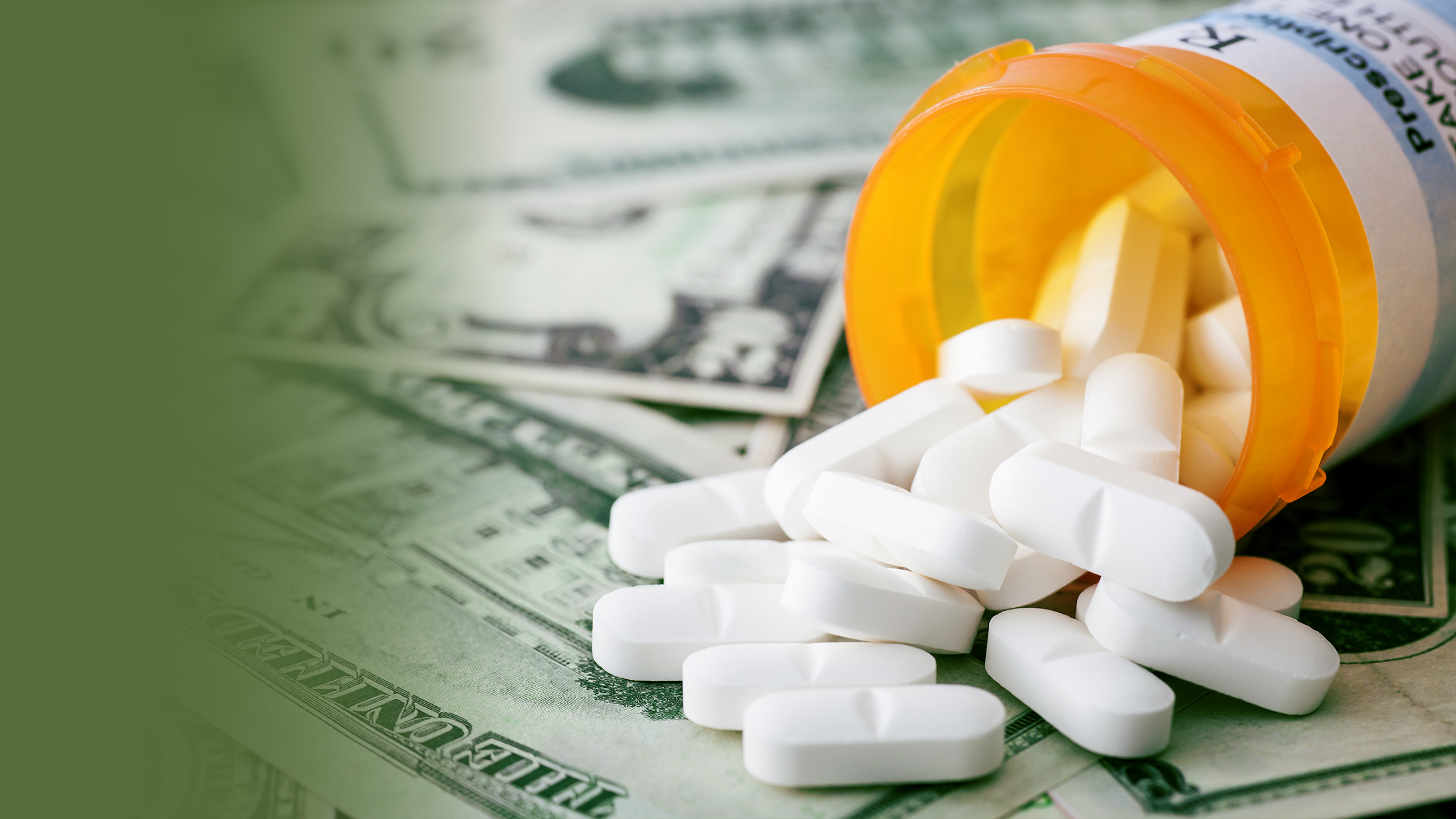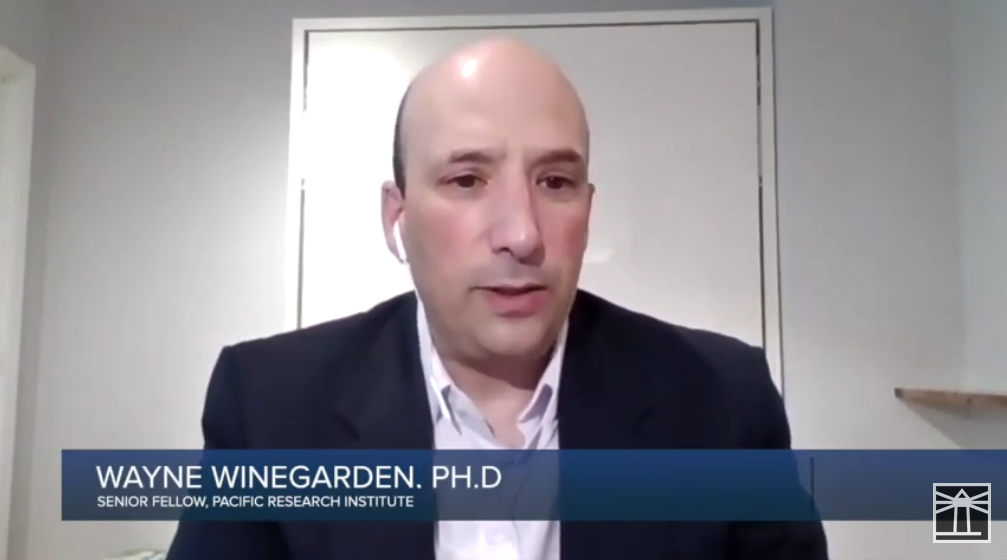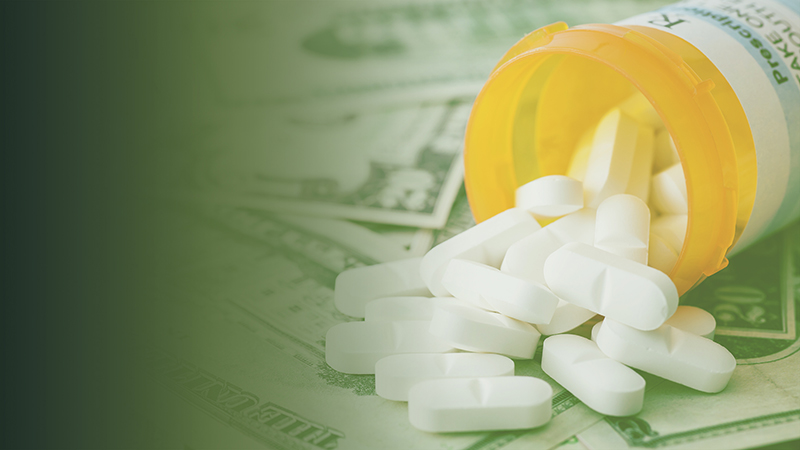Coerced pricing is price controls by another means
Sustainably addressing the problems of rising prices and declining quality requires reforms that empower patients and doctors, improve price transparency, and eliminate the perverse incentives of our current health insurance system that drive up costs and limit care. Instead of addressing the health care system’s core deficiencies, policymakers push for counterproductive policies like price controls. Efforts in Indiana show that politicians do not need to pass legislation to implement bad ideas. The threat of legislation is sufficient. Indiana’s Senate President Pro Tempore...





